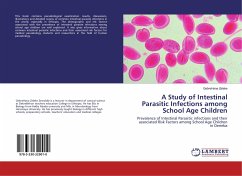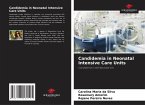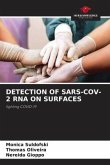The management of healthcare-associated infections becomes more complex if one considers that the prevalence of aetiological agents has changed over the last few years and varies from one centre to another. The main factor responsible for the emergence and spread of so-called multidrug-resistant microorganisms (MDR) is the inappropriate use of antimicrobials at the hospital and community level. It is estimated that by 2050, if antimicrobial resistance (AMR) continues to escalate, infections caused by drug-resistant microorganisms will be the leading cause of death in the human population, surpassing any other currently prevalent pathology and constituting a serious threat to public health worldwide. This paper presents the prevalence of HCAI obtained by applying the 2014 EPINE-EPPS protocol, the epidemiological and microbiological characteristics and antimicrobial resistance in critical areas of the Hospital S.A.M.I.C. Oberá, a third level institution, in order to implement strategies aimed at prevention and control.
Bitte wählen Sie Ihr Anliegen aus.
Rechnungen
Retourenschein anfordern
Bestellstatus
Storno








